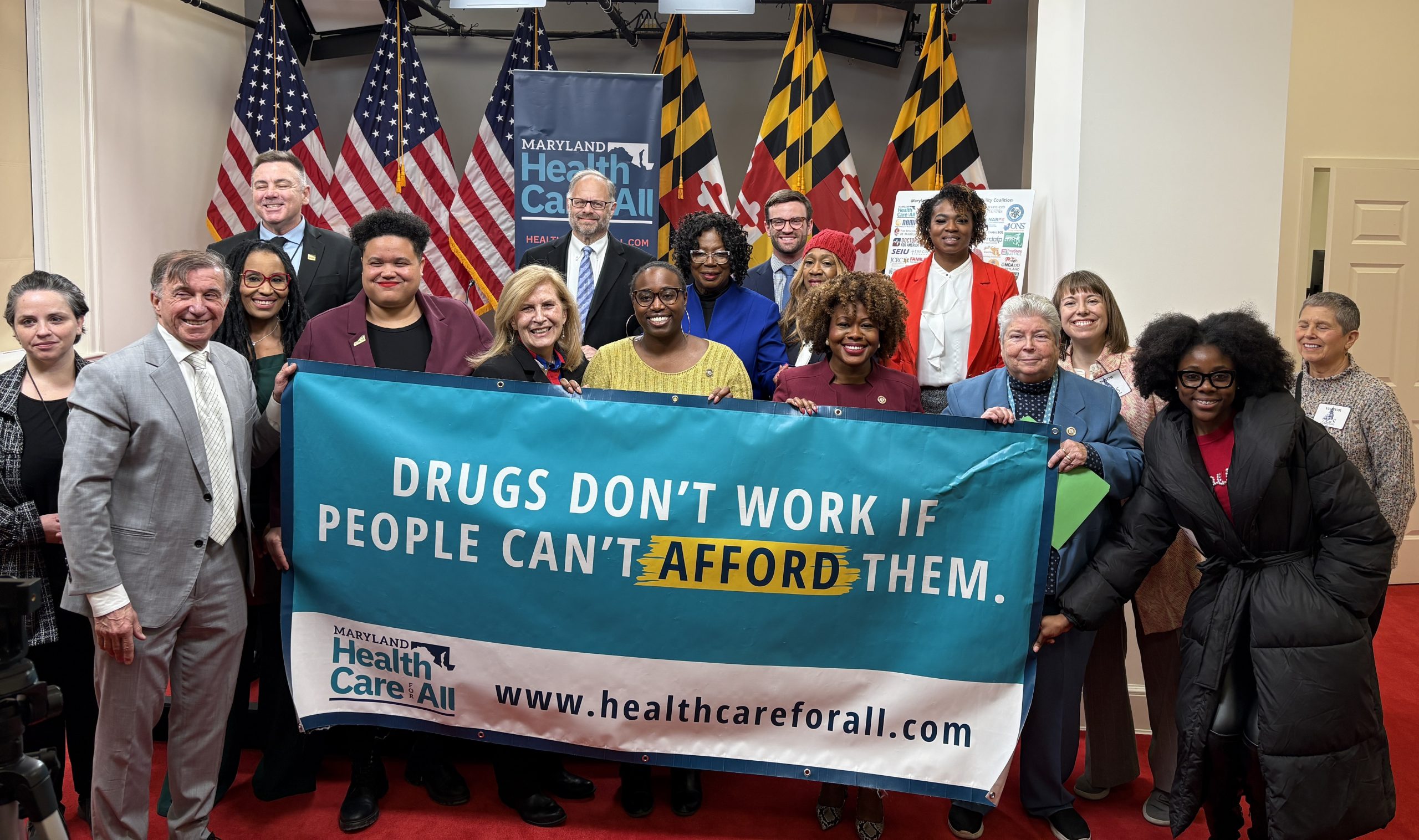Baltimore Jewish Times
October 25, 2012
By Ron Snyder
For supporters of the Affordable Health Care Act, getting the bill through Congress was just a small part of the battle.
Since President Barack Obama signed it into law in 2010, the bill went to the Supreme Court, which upheld it following a 5-4 decision in June. Now, advocates say, comes the next step in the process: implementing the reforms.
Maryland is better prepared than most states to implement the reforms, said Vincent DeMarco, president of the Baltimore-based nonprofit Health Care for All.
DeMarco, who, along with others, has been tabbed with rolling out the reforms locally, explained how Maryland is moving forward with health-care reforms during a Grand Rounds presentation last Wednesday at the Johns Hopkins Bloomberg School of Public Health.
“I have colleagues across the country grinding their teeth who are so upset being in states where either the governor or the legislature is slow in implementing the law, tried to sue to get it repealed, is not fully funding it or is just negative about the law,” DeMarco said. “And they are all jealous of us, as they should be … We have the structure in place to fully implement the Affordable Health Care Act in a terrific way.”
DeMarco added: “Gov. [Martin] O’Malley and Lt. Gov. [Anthony] Brown have led the way on this issue that will help benefit many Marylanders in many ways in the future.”
Marylanders already are taking advantage of the reforms, which must be fully implemented by 2014, said Carolyn Quattrocki, executive director of the Governor’s Office of Health Care Reform.
Among the benefits already in place in Maryland include 52,000 children being able to stay on their parents’ plan until age 26, children not being denied coverage because of a pre-existing condition and no lifetime benefit maximum. It’s also helping to close the coverage hole in Medicare prescription drug plans for many seniors.
Quattrocki said the key to moving forward is ensuring that access to coverage continues to expand and that costs remain affordable while making health care in general more efficient.
Maryland, she said, has been among the most aggressive states in getting ahead of the reforms’ deadlines, thanks to the formation of entities like the Health Care Reform Coordinating Council and the state’s health-benefit exchange. The latter, called Maryland Health Connection, helps provide easy access to health insurance and provides federal subsidies to those who can’t afford traditional insurance plans.
Maryland has an estimated 730,000 residents who do not have coverage. Quattrocki estimates that, through the reforms, coverage will be available by 2020 to an additional 624,000 people — 239,000 through Medicaid expansion and another 385,000 through the implementation of the state’s healthcare exchange.
“All of this won’t be successful in the long run if we can’t reduce the underlying cost of why coverage is so expensive,” Quattrocki said. “It’s something you have to attack from all angles.”
The belief by health-care reform advocates is that the cost associated with health care will decrease over time, as more people are insured and more emphasis is placed on preventative care like mammograms and flu shots, which will be free services. Maryland also is expected to receive $1.3 billion from the federal government by 2020, which will help offset coverage costs, Quattrocki said.
Another key to ensuring Maryland administers the reforms smoothly is including all stakeholders — from patients to health-care companies to physicians – in the transition process.
“We tried to take a collaborative approach,” Quattrocki said. “We didn’t want it to be what we in government think ought to happen in implementing this law.”
Also important in expanding health-care coverage is to ensure that small-business owners will be able to offer quality health insurance to their employees, said Becca Pearce, executive director of the Maryland Health Connection.
As part of the reforms, businesses with up to 50 employees can purchase insurance through Maryland’s health exchange. Also, those businesses can receive tax credits to help with the cost of employee premiums.
Having these additional options, Pearce said, would help reduce health-care costs since many of those previously uninsured were forced to utilize hospital emergency rooms — the most expensive form of care — for their primary medical care.
Studies show $1,000 annually from premiums go toward paying for the uninsured, DeMarco said.
“[The reforms] give individuals access to primary-care physicians and preventive services for the first time,” Pearce said.
Joe DeMattos, president of the Health Facilities Association of Maryland, said the state is in great shape moving forward, something he believes is key for his members, which will take a greater role in preventative care under the reforms.
“Maryland is likely the best prepared state in the nation in terms of the implementation of the ACA, moving our health system from volume to value, and in terms of better integrating care, “ DeMattos said.
Ron Snyder is a JT staff reporter — rsnyder@jewishtimes.com
Vincent DeMarco said, “We have the structure in place to fully implement the Affordable Health Care Act in a terrific way.” (Provided)



